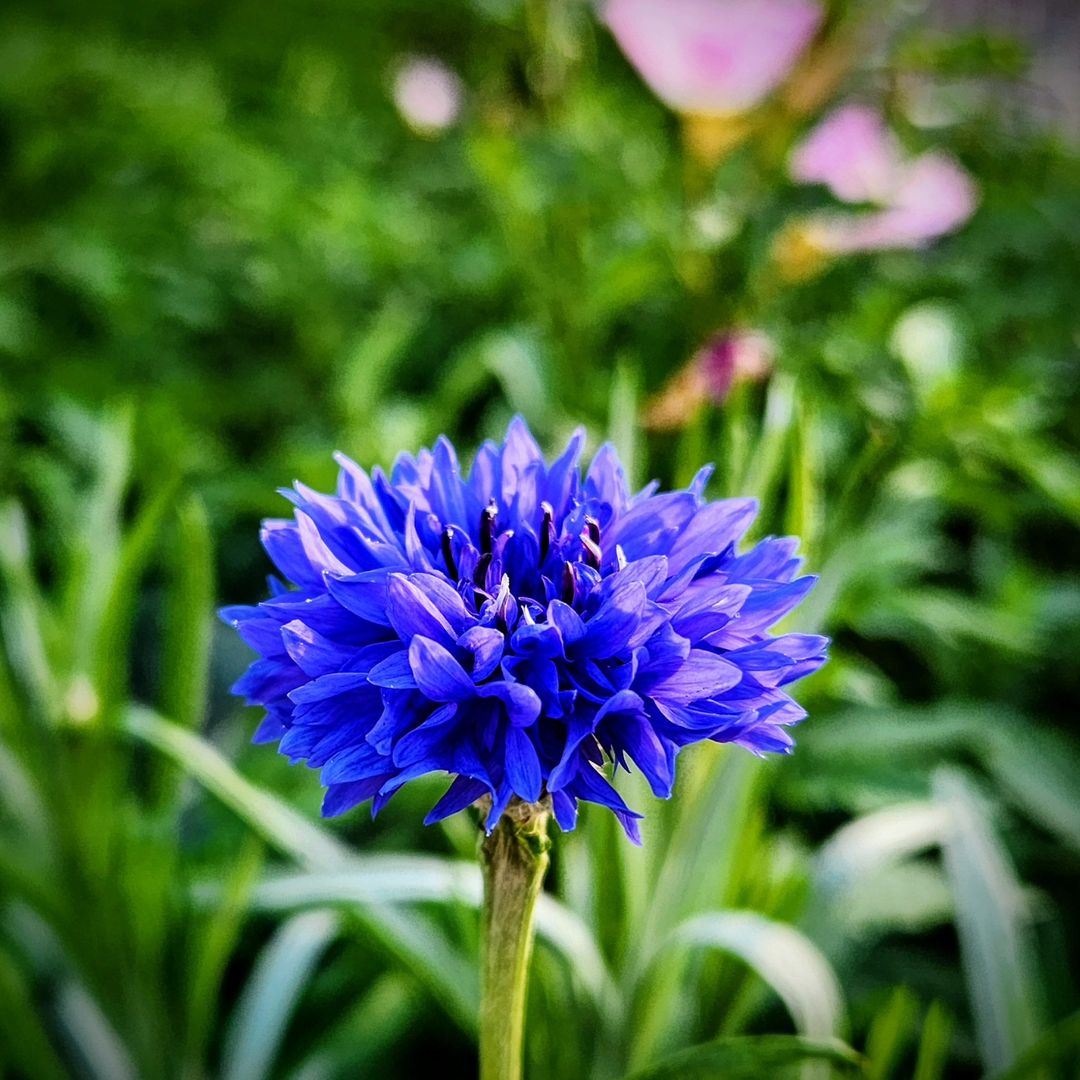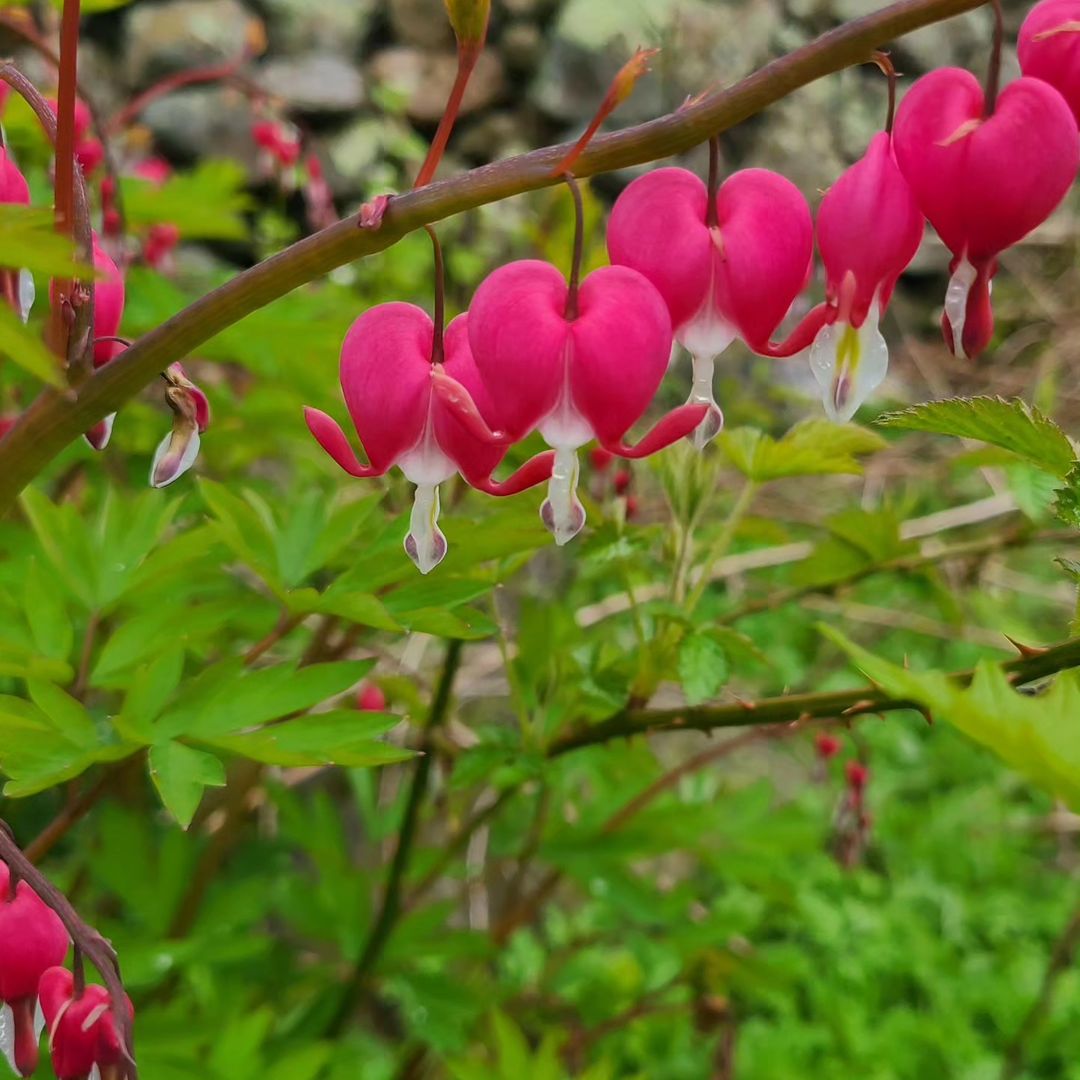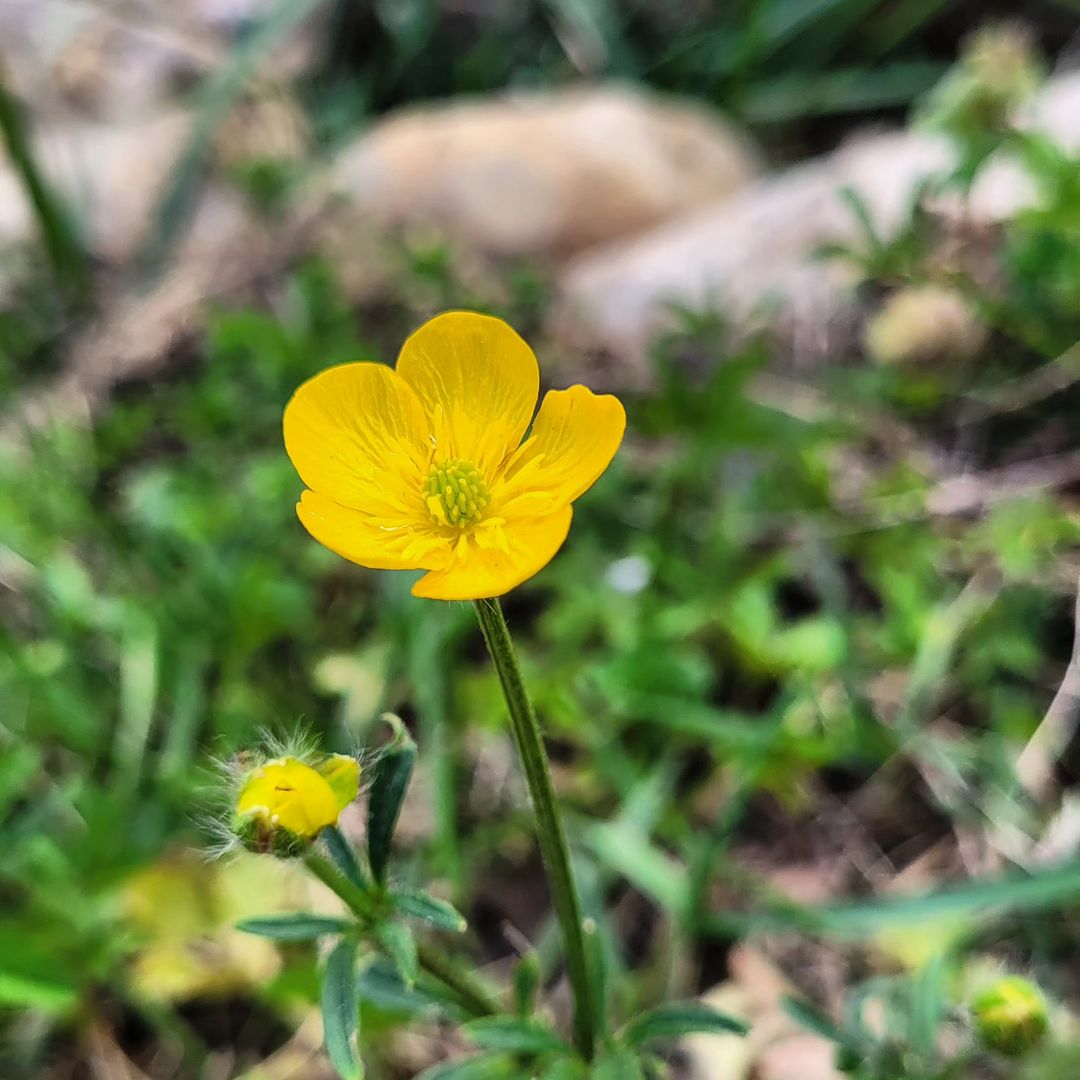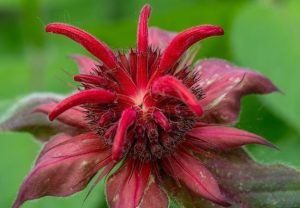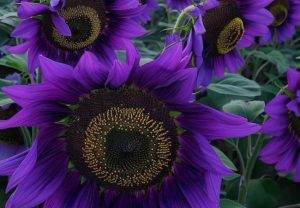Discover a diverse array of flowers that start with the letter B. From bold begonias to delicate bluebells, explore their characteristics, care tips and how to incorporate these beautiful blooms into your garden or floral arrangements.
The world of flowers is vast and varied, with countless species and varieties to explore. In this guide, we’ll focus on flowers that start with the letter B. These beautiful blooms offer a wide range of colors, shapes and sizes, making them perfect for gardens, bouquets, and floral displays. Let’s dive into the fascinating world of B-named flowers!
Popular Flowers That Start With B
1. Begonia
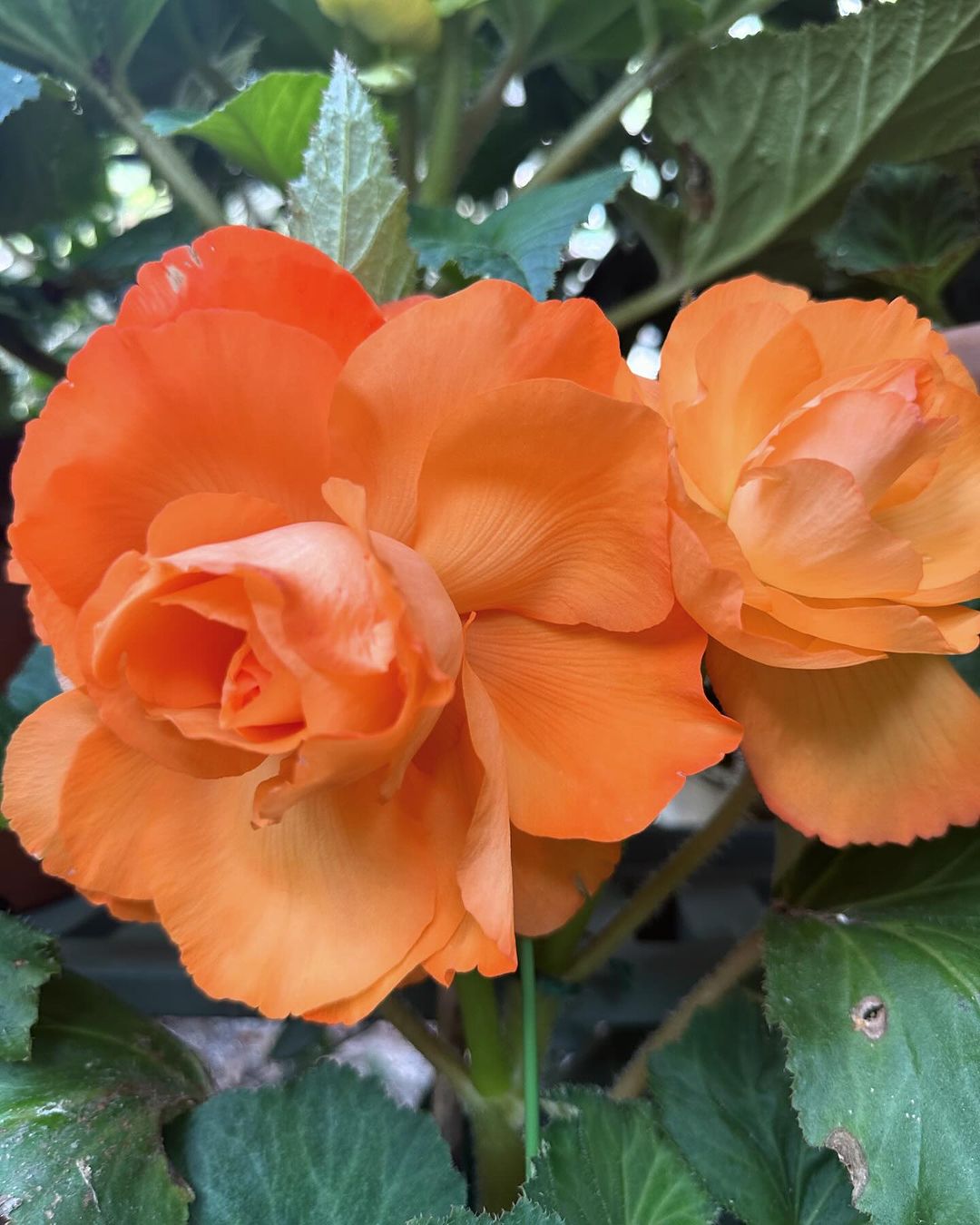
Begonias are beloved for their vibrant colors and lush foliage.
- Types: Wax, tuberous, rex, and more
- Colors: Range from white to pink, red, orange, and yellow
- Care: Prefer partial shade and well-draining soil
2. Bluebell
These delicate, bell-shaped flowers are a springtime favorite.
- Native to: Woodlands in Europe
- Color: Usually blue, but can also be white or pink
- Blooming season: Early to mid-spring
3. Bachelor’s Button (Cornflower)
Known for their vivid blue color, these flowers are easy to grow.
- Scientific name: Centaurea cyanus
- Symbolism: Often associated with young love
- Uses: Popular in wildflower meadows and cottage gardens
4. Balloon Flower
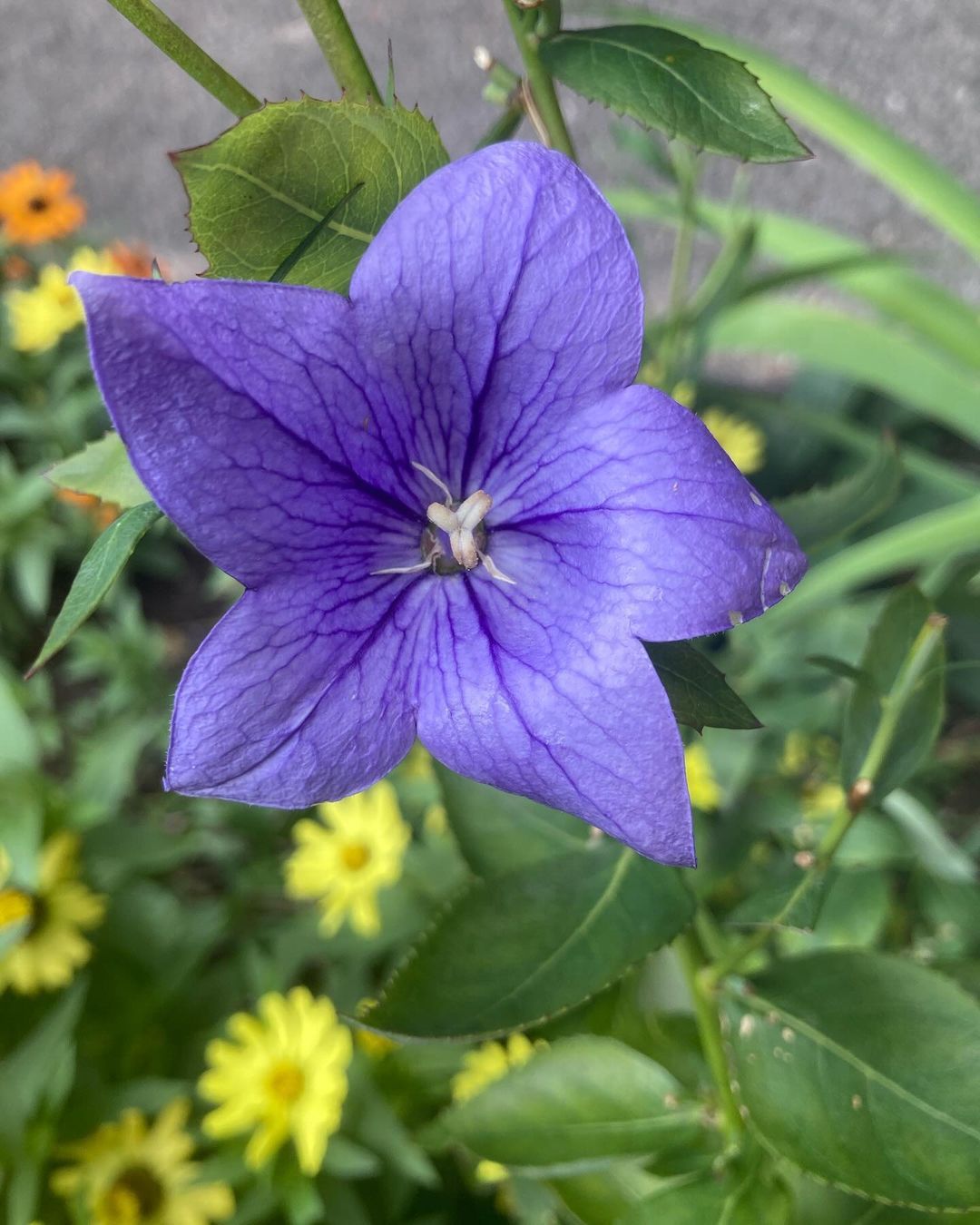
Named for their balloon-like buds that burst open into star-shaped flowers.
- Scientific name: Platycodon grandiflorus
- Colors: Blue, pink, or white
- Care: Prefers full sun to partial shade
5. Black-Eyed Susan
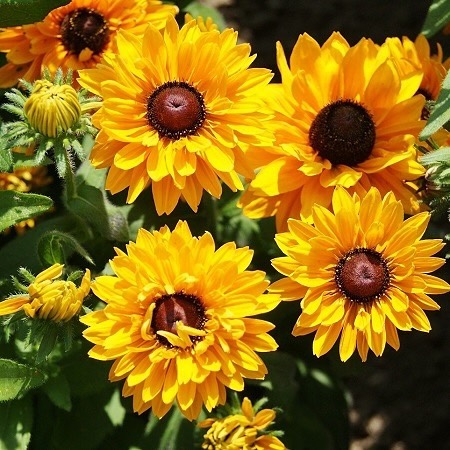
These cheerful, daisy-like flowers are native to North America.
- Scientific name: Rudbeckia hirta
- Blooming season: Summer to early fall
- Attracts: Butterflies and other pollinators
Less Common B Flowers
6. Bee Balm
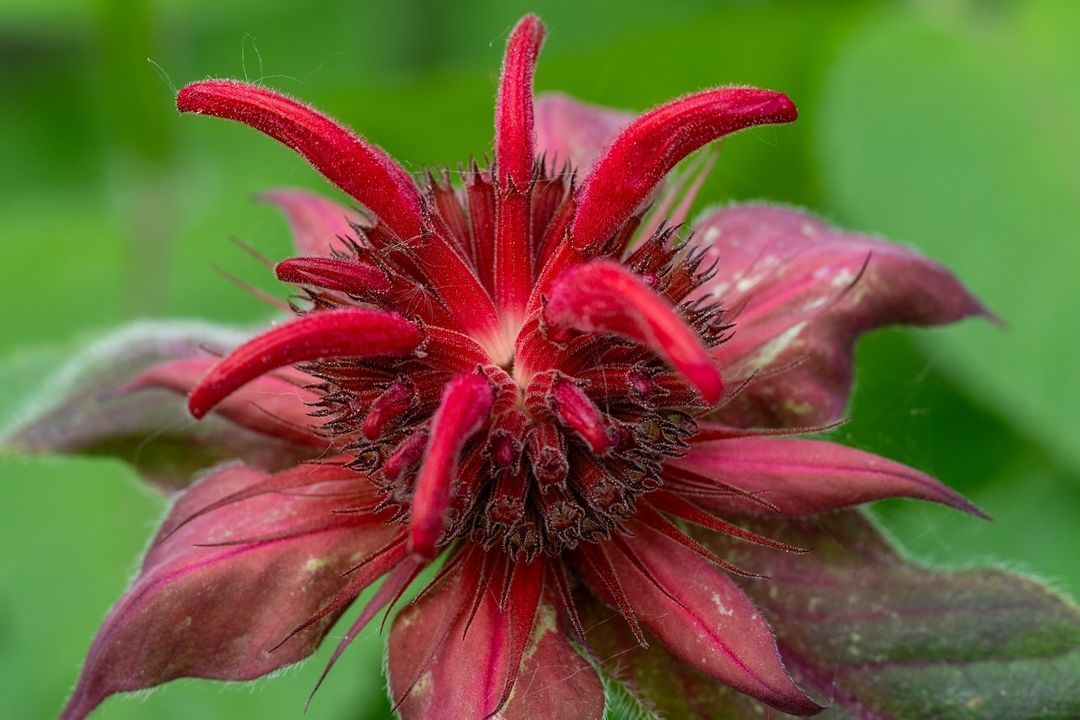
Also known as Monarda, this flower attracts bees and hummingbirds.
- Native to: North America
- Colors: Red, pink, purple, or white
- Uses: Both ornamental and medicinal
7. Bellflower
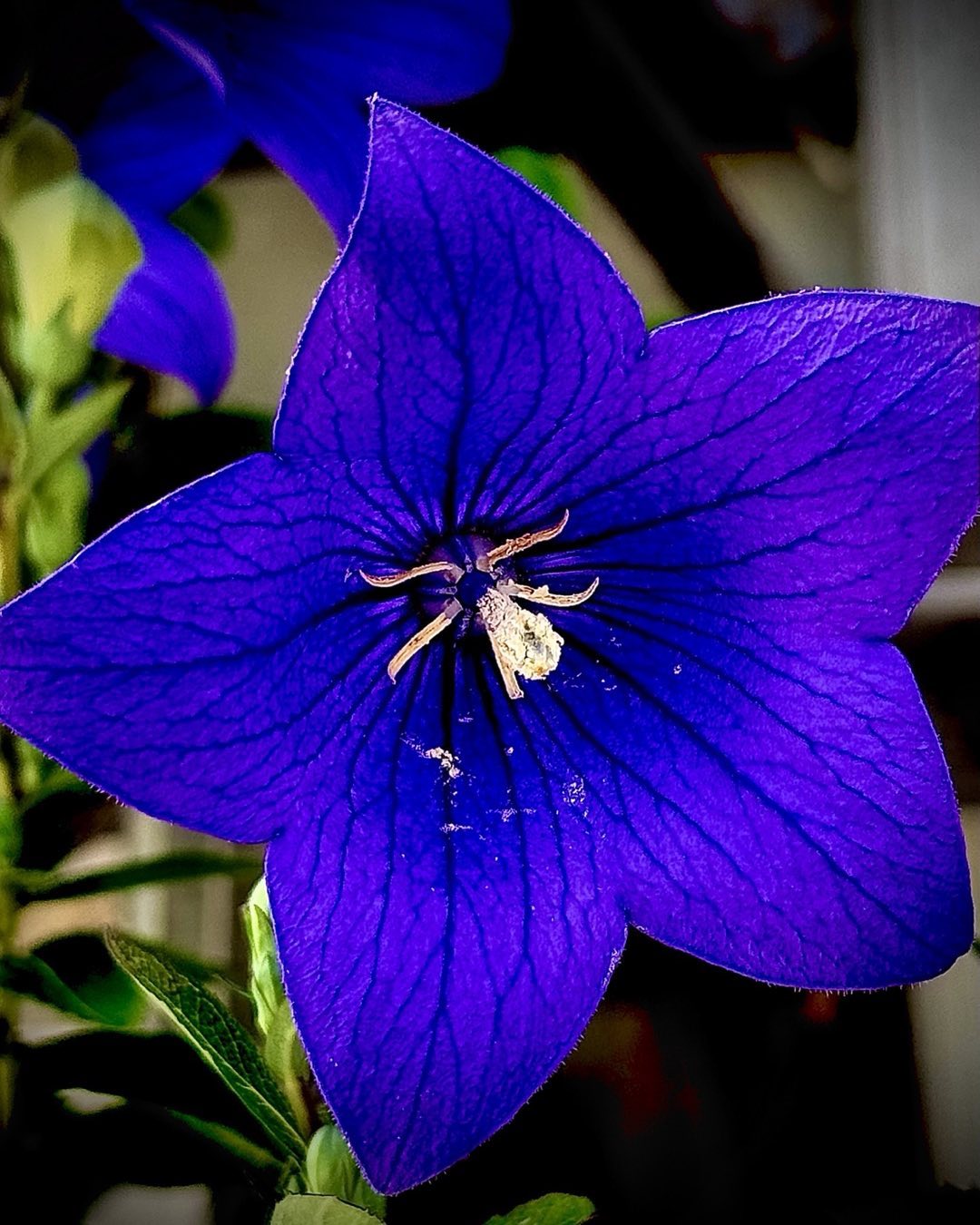
A diverse genus with over 300 species of annual, biennial, and perennial plants.
- Scientific name: Campanula
- Shape: Bell-shaped flowers, as the name suggests
- Care: Most prefer full sun to partial shade
8. Bleeding Heart
Known for its distinctive heart-shaped flowers.
- Scientific name: Dicentra spectabilis
- Colors: Pink and white
- Blooming season: Spring to early summer
9. Buttercup
These cheerful yellow flowers are common in fields and meadows.
- Scientific name: Ranunculus
- Caution: Can be toxic if ingested
- Folklore: Often used in childhood games (“Do you like butter?”)
Care Tips for B Flowers
While each flower has its specific needs, here are some general care tips:
- Soil: Most prefer well-draining soil rich in organic matter.
- Watering: Water deeply but infrequently to encourage strong root growth.
- Sunlight: Check the specific needs of each flower, as they vary.
- Fertilizer: Use a balanced, all-purpose fertilizer during the growing season.
- Pruning: Deadhead spent blooms to encourage more flowering.
Using B Flowers in Gardens and Arrangements
In the Garden
- Create a butterfly garden with bee balm and black-eyed Susans.
- Use bluebells for woodland gardens or shaded areas.
- Plant begonias in containers for colorful patio displays.
In Floral Arrangements
- Mix bachelor’s buttons with wildflowers for a rustic bouquet.
- Use bleeding hearts as a focal point in spring arrangements.
- Combine different colors of begonias for a vibrant display.
Growing B Flowers from Seeds
Many B flowers can be grown from seeds:
- Start seeds indoors 6-8 weeks before the last frost date.
- Use a seed starting mix and keep soil moist.
- Provide adequate light, either from a sunny window or grow lights.
- Transplant seedlings outdoors after the danger of frost has passed.
Flowers that start with B offer a diverse and beautiful array of options for any garden or floral arrangement. From the bold and bright begonias to the delicate and charming bluebells, these blooms provide a wide range of colors, shapes, and growing habits to suit various preferences and gardening conditions.
Whether you’re a seasoned gardener or just starting out, incorporating some of these B-named flowers into your outdoor space or indoor decor can add beauty, interest, and often, attract beneficial pollinators. Remember to consider your local climate and growing conditions when choosing which flowers to plant, and don’t be afraid to experiment with different combinations to create your own unique floral displays.
Happy gardening, and may your world be filled with the beauty of B flowers!
For more gardening tips and plant care guides, visit https://solanogarden.org/

